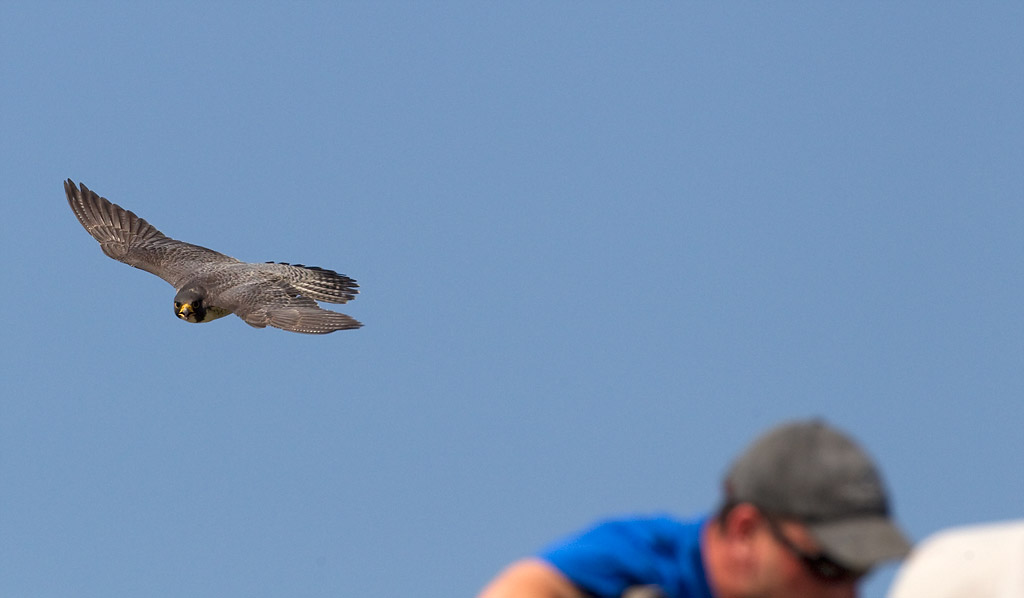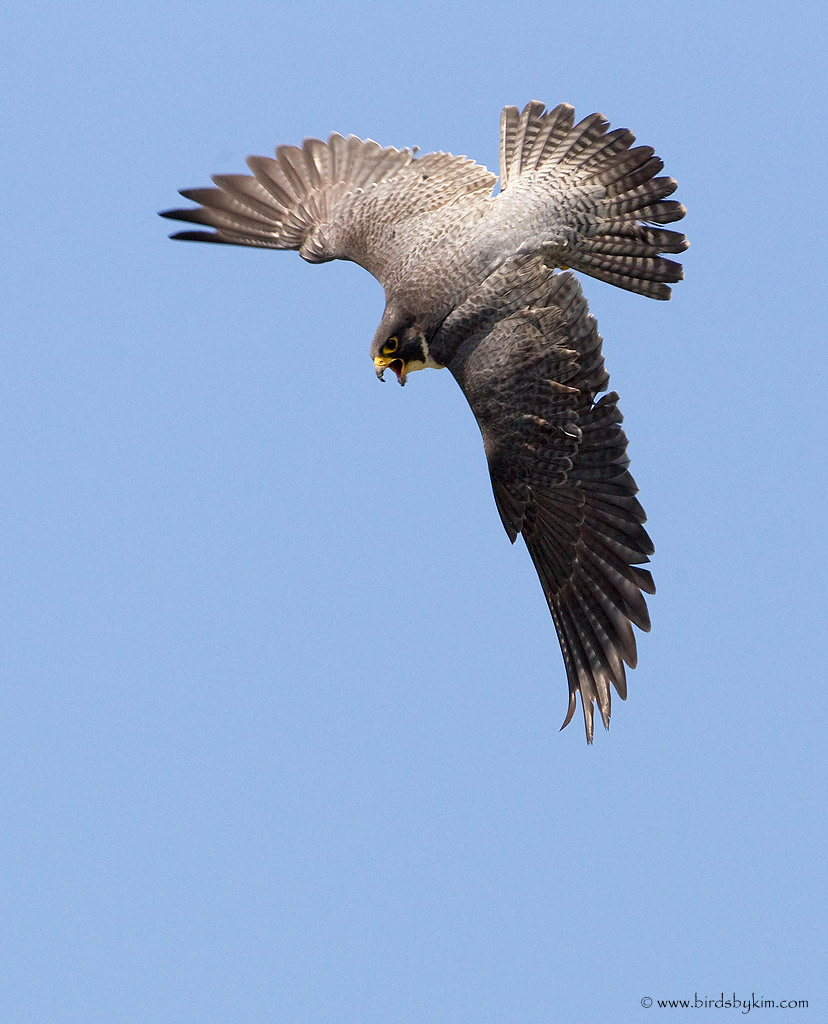Another Bat Species in Peril
by Meaghan Lyon, Wildlife Biologist
Shortly after the USFWS announced that the Northern long-eared bat was being proposed for uplisting to an endangered species, another announcement regarding the tricolored bat was released.

Photo by Pete Pattavina/USFWS
In mid-September, the tricolored bat (Perimyotis subflavus) was proposed to be listed as endangered under the Endangered Species Act (ESA). Based on a thorough review of the species’ status, the Service found that the tricolored bat has declined dramatically across its range. Just as white-nose syndrome has been the cause of population decline for the northern long-eared bat, the tricolored bat has been similarly impacted. An estimated decline of more than 90 percent was found in affected tricolored bat colonies and white-nose syndrome is currently present across 59 percent of the species’ range.
Continue reading “Another Bat Species in Peril”


